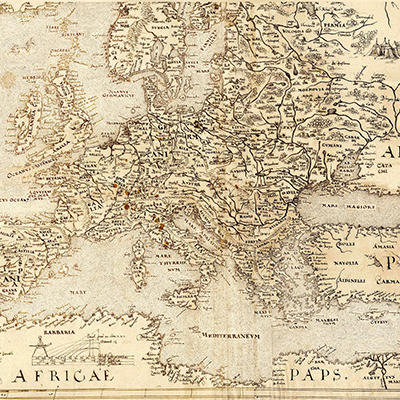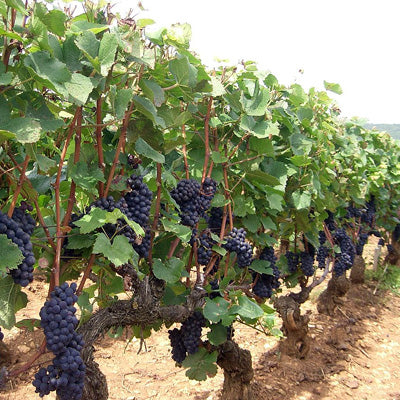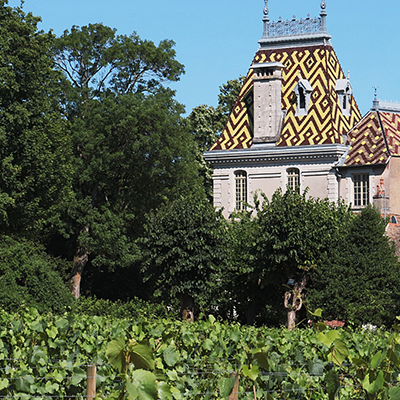
Phylloxera and the Wine Apocalypse
Imagine fearing that wine grapes might become extinct. Phylloxera, the blight that shook the wine world to its core, was first recorded in France in 1863. Phylloxera is a louse that came to Europe from the United States. It was spread as transatlantic trade increased, having the ability to travel with soil. Both humans and plants are easily vectors.
The Phylloxera louse damages vines by feeding on rootstalk, sucking the sap and creating wounds. The wounds welcome infections, deforming the rootstalk and leading to the vines eventually weakening and dying. Vitis vinifera, the species of the wines we all know and love, from Chardonnay to Tempranillo to Cabernet Sauvignon to Zinfandel, are not phylloxera resistant.
The blight began in France, where it ravaged the trade as more than 6.2 million acres of vineyards were decimated. The first reports of vines dying came from the Rhone, but as it quickly spread to other areas, French production fell from a high of 84 million hectoliters in 1875 to 23.4 million in 1889. From France, phylloxera eventually spread worldwide. There are only a few places, like Chile and the state of South Australia, who through strict quarantine rules have remained free of the pest.
Ironically, North America, the source of the louse, was also the source of what ultimately saved the world’s great wine grapes. The vines native to the Americas are of different species than those in Europe. Vitis labrusca, vitis rupestris and vitis berlandieri are just a few of the species found in the United States. Sadly, those grapes don’t make wine on par with the vitis vinifera grapes. Fortunately, it is possible to graft vitis vinifera vines onto rootstalk from the other species’ rootstalk. After much experimentation and crossing of different rootstalks, vitis vinifera was able to be saved.
These days, grafting onto crossings of rootstalks is common to combat both phylloxera and other conditions that affect vine growth. For instance, some rootstalk were found to be resistant to phylloxera, but when used in limestone-rich soils such as there are in Burgundy, falter, as the pH disrupts their ability to uptake iron causing chlorosis. Crossing a phylloxera-resistant rootstalk with one tolerant of limestone was the solution. In other areas of the world it is necessary to graft to combat pests like nematodes.
It is now exceptionally rare to find any vines growing on their original rootstalk—especially rootstalk planted before the phylloxera blight. One other condition that has saved a few vineyards from the pest is that of having a sandy soil. Phylloxera cannot survive in that constitution of soil, so a few select plots have remained on their original rootstalk without a hitch.
Want to taste a bit of rare history? Bollinger’s most exclusive Champagne, the Vielle Vignes, is a blanc de noirs crafted from Pinot Noir vines that were unaffected by phylloxera. This rich style is a rare treat, you can get your own bottle here.
Also in News

Grape School: Pinot Noir Part Two: The Old World

Grape School: Pinot Noir Part One

